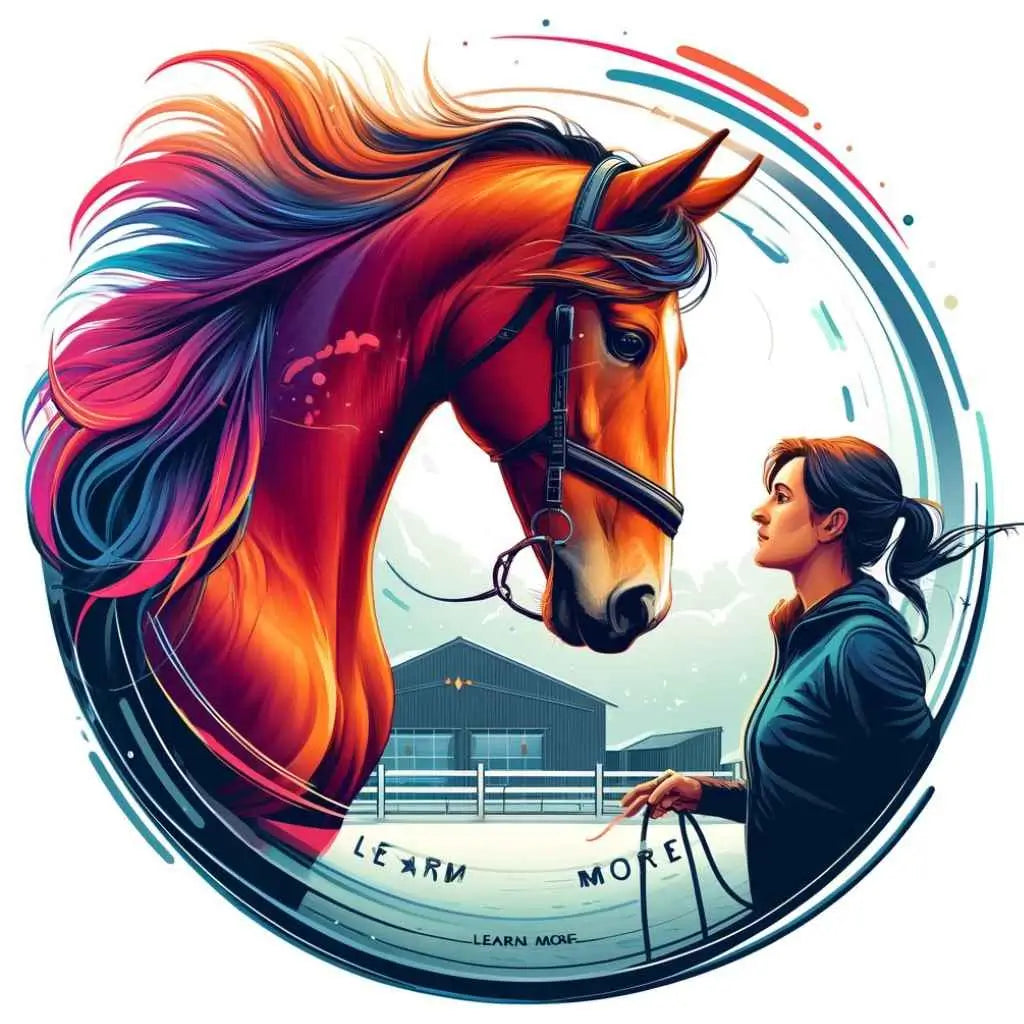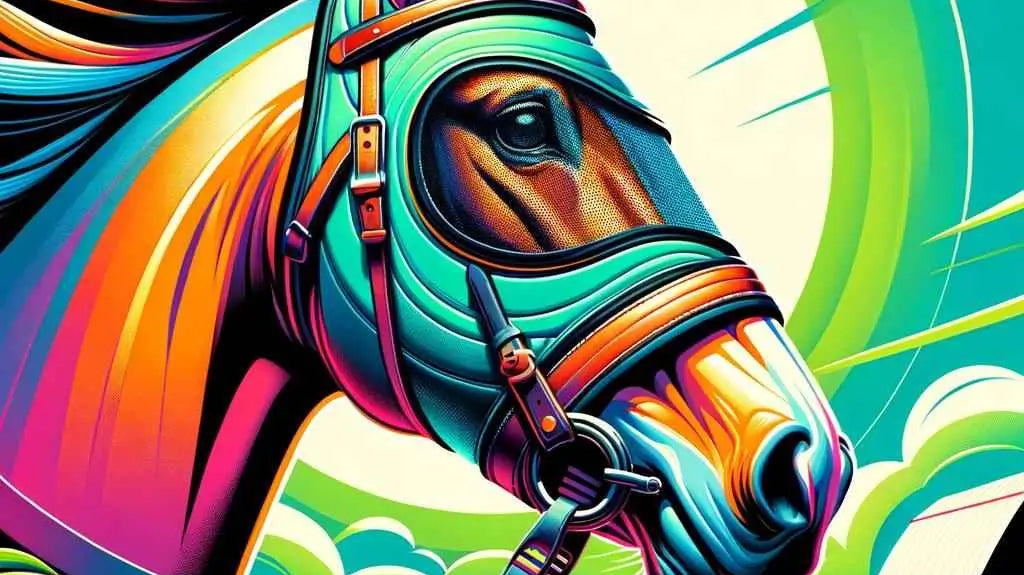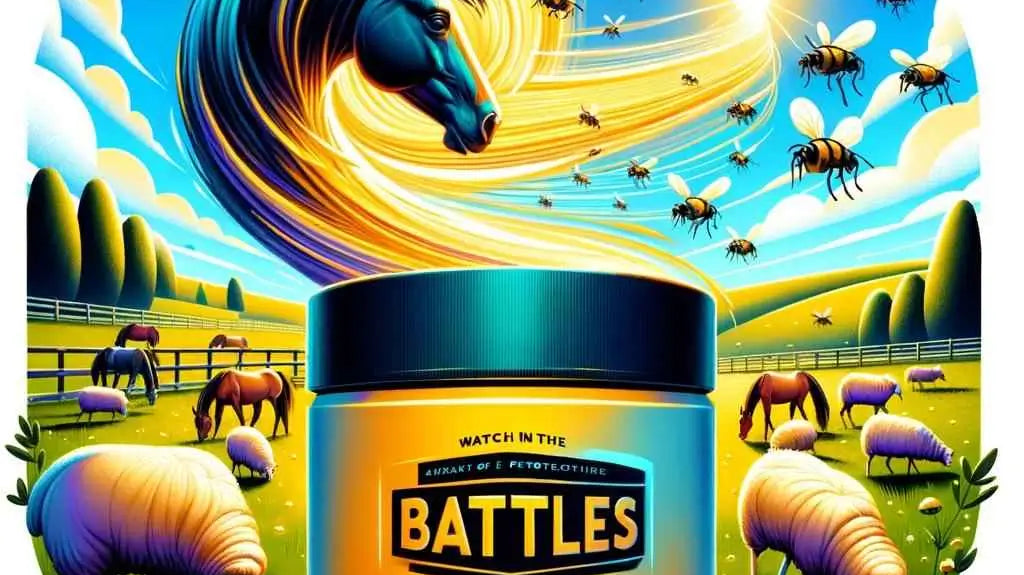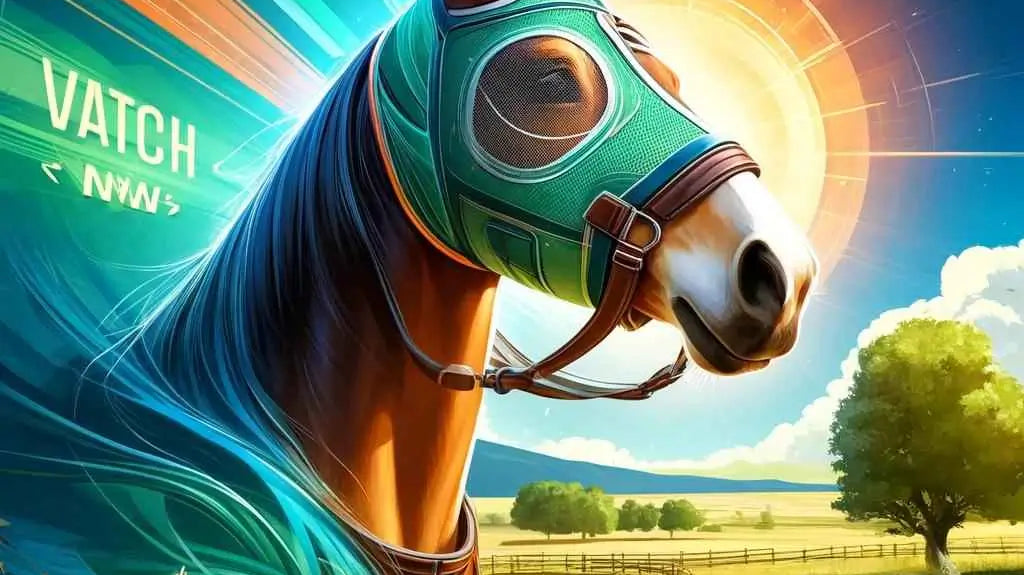| Stage | Description | Key Signs of Readiness |
|---|---|---|
| Free Movement | The horse is allowed to move freely in the round pen, helping assess its temperament and state of mind. | N/A |
| Driving Away | The trainer uses body language to establish a leadership role, guiding the horse around the pen like a dominant horse would. | N/A |
| Invitation to Join-Up | Trainer adopts a passive posture to signal peace, inviting the horse to approach as a gesture of trust. | Ear positioning towards trainer, slower movement, lowered head. |
| Acceptance and Bonding | Once the horse approaches, the trainer reinforces the bond through gentle touch and reassurance. | Chewing or licking, smaller circles around the trainer. |
| Impact of Join-Up | A non-coercive method that enhances horse welfare, improves training effectiveness, and builds trust. | General improvement in cooperation and calmness. |
What is Join-Up with Horses?
Imagine stepping into a round pen with nothing but a rope halter and a long whip in your hands. Your heart races as a spirited horse circles around you, its mane flowing with every thunderous stride. This isn't just about taming a horse; it's about communicating in a language that transcends words. Welcome to the world of Join-Up, a revolutionary horse training method that hinges on mutual respect and trust rather than force.
Understanding Join-Up
Developed by Monty Roberts, famously known as the "Horse Whisperer," Join-Up explores the depth of non-verbal communication between humans and horses. This method isn't just effective—it's transformative, fostering a deep bond rooted in the natural instincts of the horse. By mirroring the body language of horses, trainers can effectively initiate a conversation that feels both primordial and profound.

The magic begins in a round pen, where the horse is allowed to move freely, showcasing its personality and current emotional state. Here, the dance of Join-Up unfolds, as trainers use their body language to communicate dominance, safety, and invitation. These subtle cues are rooted in the horse's instinctual behavior within herd dynamics, where non-verbal signals dictate interactions.
The Philosophy Behind Join-Up
Monty Roberts' inspiration for Join-Up came from observing wild horses in nature. In the wild, a horse challenged by a leader will often choose to follow once they feel it is safe and beneficial. Roberts adapted these observations into a training methodology that eschews traditional coercive techniques in favor of compassion and understanding.
Unlike conventional methods that often employ force, Join-Up establishes leadership through clarity and fairness. This approach not only reduces stress for the horse but also enhances the learning environment, making it more conducive to building a lasting relationship.
Why Join-Up Matters in Modern Equestrian Practices
In today’s equestrian world, where the welfare of animals is increasingly prioritized, Join-Up represents a significant shift towards more humane and ethical training practices. It’s a method that promises to turn fear-based reactions into trust-based responses, a change that can profoundly impact the horse's performance and well-being.
As we dive deeper into the intricacies of Join-Up, remember that at its heart, this technique is about respect, patience, and the kind of leadership that earns loyalty, not fear. Stay tuned as we explore the step-by-step process of Join-Up in the next section of our guide, demystifying how to establish this remarkable connection.
The Process of Join-Up
The Join-Up process is a dance of cues and responses that takes place within the confines of a round pen. This environment provides a safe space where the horse can feel secure yet remains attentive to the trainer's commands. Here’s a detailed breakdown of how the Join-Up process typically unfolds:
1. Free Movement
Initially, the horse is allowed to roam freely around the pen. This stage is crucial for assessing the horse's temperament and comfort level. It’s during this phase that the trainer gets a glimpse into the horse's psyche, understanding its fears, curiosities, and overall demeanor.
2. Driving Away
Using subtle body language cues and minimal equipment like a lunge line, the trainer begins to guide the horse around the pen. This step is akin to how a dominant horse would behave in the wild, establishing the trainer’s position in the hierarchy without confrontation or coercion.

3. Invitation to Join-Up
After establishing leadership, the trainer offers an invitation to Join-Up. This is done by adopting a passive body posture—turning away from the horse and lowering the eyes. These gestures signal peace and safety to the horse, encouraging it to close the distance and initiate contact.
4. Acceptance and Bonding
The moment the horse chooses to approach, it signifies acceptance and trust. The trainer acknowledges this gesture by offering a gentle touch and verbal reassurance, which reinforces the bond and sets the stage for future training.
Signs a Horse is Ready to Join-Up
Several behavioral cues indicate a horse is ready to Join-Up. These are critical for trainers to recognize as they signal the horse’s acceptance of their leadership:
- Ear Positioning: The ear closest to the trainer will point towards them, indicating focus and attention.
- Decreased Speed and Lowered Head: Slowing down and lowering its head shows the horse is relaxed and submissive.
- Chewing or Licking: Such actions mean the horse is processing the interaction and becoming comfortable with the trainer's presence.
- Smaller Circles: Circling closer to the trainer signifies acknowledgment of their leadership.

The Impact of Join-Up
Monty Roberts' Join-Up method has significantly influenced modern horse training by promoting a non-coercive, respect-based approach. The technique not only enhances the horse's welfare but also improves the effectiveness of training sessions. Studies and anecdotal evidence suggest that horses trained under the Join-Up method show better focus, greater obedience, and a higher level of trust in their human handlers.
This method has been adopted worldwide across various equestrian disciplines, proving its versatility and effectiveness. Whether you are an amateur enthusiast or a professional trainer, incorporating Join-Up into your training regimen can lead to profound benefits in both horse behaviour and performance.
Why Join-Up Matters
Understanding and implementing the Join-Up method goes beyond mere horse training; it revolutionizes the way humans interact with horses. This technique underscores a fundamental shift from dominance-based methods to a relationship founded on understanding and mutual respect. Such a shift is crucial in today's equestrian practice where the ethical treatment of animals is ever more paramount.
The importance of Join-Up lies in its ability to enhance communication between horse and handler. It teaches that an approach based on calmness and non-confrontation is not only possible but preferable. The outcomes are clear: horses that are trained through Join-Up are generally more cooperative, calm, and connected with their handlers, leading to safer and more enjoyable interactions for both parties.

Join-Up in Equestrian Sports
Within the realm of equestrian sports, Join-Up has found a significant foothold. From dressage to competitive jumping, trainers who employ these methods report not only improved performance but also a noticeable increase in the horse's willingness to train and perform. It's a testament to the effectiveness of the method that respects the horse's psyche and builds a positive learning environment.
Education and Ongoing Learning
For those interested in learning more about the Join-Up method or becoming certified in Monty Roberts' techniques, there are numerous resources available. Workshops, books, and certification programs offer insights into the deeper aspects of horse psychology and effective communication strategies. This ongoing education helps to propagate ethical training methods across the global equestrian community.

Conclusion
In conclusion, Join-Up is not just a method but a philosophy that has reshaped how we think about horse training. Monty Roberts' vision of a gentler, respect-based approach has not only proven its efficacy but has also paved the way for more humane treatment of horses in all facets of handling and training. As we move forward, embracing these principles can lead to a more ethical and fulfilling partnership between humans and horses.
For anyone involved in the care, training, or management of horses, adopting the Join-Up method could be a pivotal step towards achieving a deeper bond and a more responsive and engaged horse. The benefits of such an approach extend beyond the training pen, influencing every interaction with these majestic animals.
If you're interested in adopting this method, consider exploring more resources or participating in training sessions. Embrace the change and see the profound impact it can have on your equestrian practices and your relationship with horses.

Asked by You: Frequently Asked Questions
What is Join-Up in horse training?
Join-Up is a training method developed by Monty Roberts designed to build a bond of trust and respect between a horse and its trainer. It utilizes body language to communicate with the horse, mimicking the natural interactions seen in wild herds to encourage voluntary cooperation without the use of force.
How do you know when your horse is ready to Join-Up?
A horse is ready to Join-Up when it shows signs of acceptance and trust. Key indicators include the horse's ears pointing towards the trainer, a decrease in movement speed, a lowered head, and sometimes chewing or licking as signs of relaxation and submission. These signs suggest that the horse feels safe and is ready to engage more closely with the trainer.
How do you Join-Up with a new horse?
To Join-Up with a new horse, start by allowing it to move freely in a round pen to assess its natural behaviour and comfort level. Gradually begin guiding the horse using body language that establishes your role as a leader. After some time, adopt a passive posture that invites the horse to approach you, signaling a safe and peaceful interaction. If the horse approaches, reinforce this trust with calm and gentle reassurance.
What is the Monty Roberts method?
The Monty Roberts method, often synonymous with Join-Up, is based on his observations of natural horse behaviors. This method utilizes non-violent techniques to establish communication with horses. Monty Roberts' techniques are designed to replicate the silent language of the equine herd, promoting an environment of safety and respect where learning can occur.




